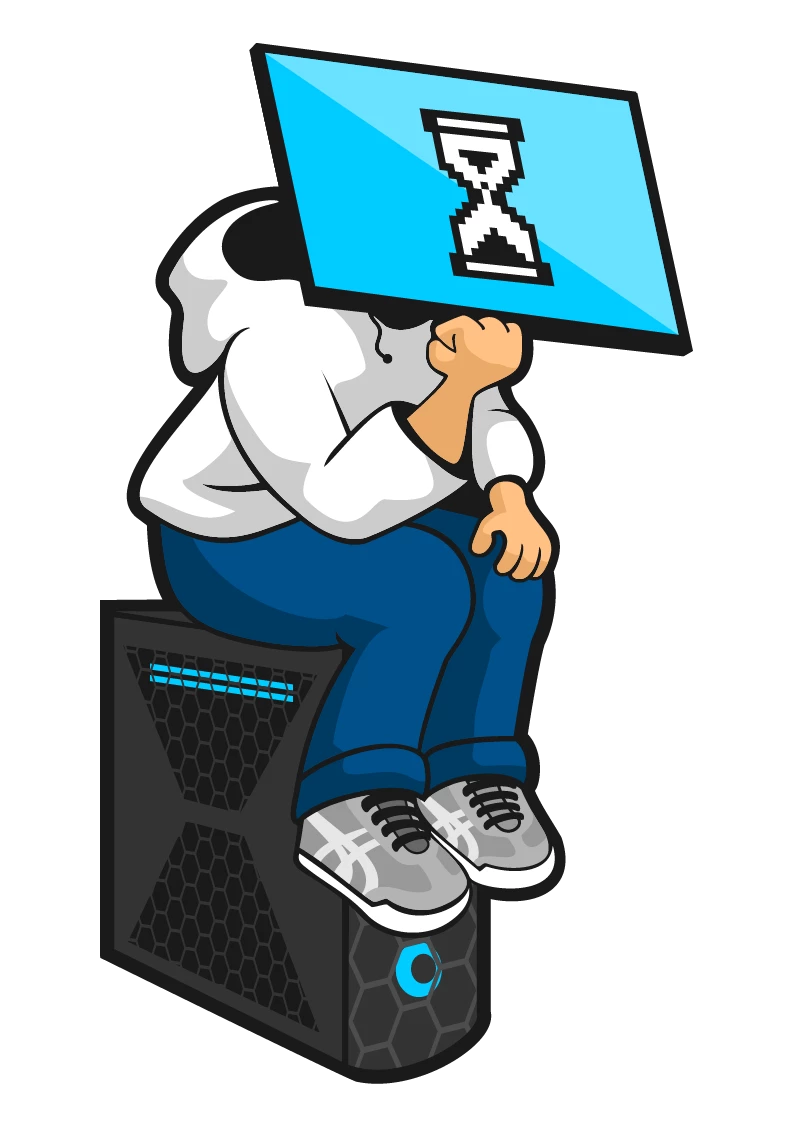It is evident to everyone that the situation in the graphics card industry right now is dire, with limited supply and high demand. The cost of new video cards is prohibitively expensive, making it difficult to justify purchasing them. The supply chain shock that happened due to the pandemic, with the increased popularity of crypto, caused prices, in some cases, to raise more than fifty percent. It forced people to start asking questions like, is it a good idea to buy a good quality used video card? In this article, we will be discussing this issue. You can search many tech websites like TechReviewAdvisor and find out that the average boost in performance is lower than ever before in the recent new lines of graphic cards. This means that buying a bit outdated GPU doesn’t mean all the newest games will be inaccessible to you.
What you should be aware of when buying a used GPU
The first thing to note is that the manner in which a card was utilized by the previous owner directly impacts its dependability and condition. It often happens that someone may decide to sell their used GPU after purchasing a high-end graphics card and then completely forgetting about it as there is no big availability of games on the market or due to having no time to play. Despite the fact that these kinds of circumstances are rare, they do sometimes happen, allowing you to buy barely used GPU sometimes with a thirty to fifty percent discount.
A good thing to know is that some sort of failure is more likely with high-end cards because of the increased amount of chips on the plate and increased power consumption, which is not good for its life expectancy. In addition, the average temperature of those in use is far more severe than those in the lower-end or mid-range segment. That is why it is critical to properly check a used graphics card before making a decision to buy it.
There are many guides that fully cover how to check the GPU, but in this article, we will give a basic rundown on what to do. Check it on the high-end games and special benchmark tests that will load all processors on the card and make it work at its top capability. From these tests, you can note some things about the card’s condition. Temperatures should not be higher than 85 degrees Celsius. If they go higher, their chance of being at the end of their life service is pretty high. And next thing, you should compare the results with the test results for a new video card of this model to ensure that it is capable of performing in the same manner.
The external examination is not that important compared to the benchmarks, but it is worthwhile to pay attention to parts like fans as miners often change them, traces of flux which may suggest a previous card repair, and darkening textolite plates which indicate an overheating. In the worst-case scenario, the card will stop working after a short period of time.


